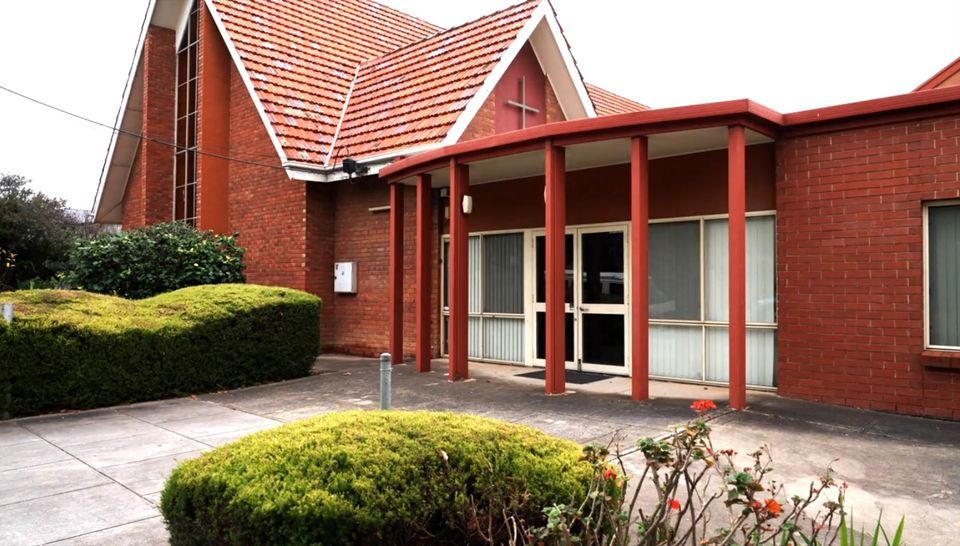The Uniting Church is closing churches, right? Well, actually, there’s also some church planting by evangelical groups in the Uniting Church, sometimes into old Uniting church buildings that have seen better days.
Kurralta Park, an inner suburb of Adelaide, might be remembered for having one of the first K-Marts, but a more significant “one-of-the-firsts” has now happeed there. A 1950’s red-brick Uniting Church building, once home of the Hare Street Uniting church, has had a resurrection experience. It has the soaring tiled roof of church buildings of the confident 1950s. It now has people back in it.
Seeds Uniting church, based in the far South of Adelaide at Aberfoyle Park, has planted a Seeds campus in the Kurralta Park building. “Seeds Kurralta Park (SKP) is around the 80 mark at the moment, 2 months in,” Seeds’ Senior pastor Jonathan Davies tells The Other Cheek. “Seeds sent about 50 members to start it.”
Seeds also had the experience of planting a standalone church, sending a group to nearby Mclaren Vale to start an evening church called Outpost Uniting Church, sharing the building with the existing Mclaren Vale Uniting, which meets in the morning.
Seeds is not a mega-church. It has two services on a Sunday that are about 180 and 280 ish according to Davies, a mid-week service that has about 40- 50 ish and a Friday night youth group of about 200.
When Graham Humphris, who has encouraged church planting while holding senior roles in the Uniting Church in SA and the evangelical Generate Presbytery, told Davies sending out teams to do church planting would not lower the numbers at Seeds’ main campus, Davies was sceptical.
He found out he was wrong, and Humphris was right.
“The seats have been filled quite quickly and you wouldn’t notice,” Davies told The Other Cheek. Asked if the plants have reached new people, he responded, “Yes, lots of new people in both churches. So yes, what other planters say is true of us. Graham [Humphris] told me this would be the case and I was sceptical. It’s actually increased opportunities right across the board and we would have substantially more volunteers than before SKP.”
Generate’s church planting is healthy, Humphris told The Other Cheek. He lists five church plants in the last five or six years besides Kurralta Park. “I’d say they are all going okay and growing,” he said. “Conversion growth is still a challenge – there is some of this – but never enough. There is also a strong growth from de-churched people coming along and some small growth from transfers from other churches.”
Most of the plants have paid staff, with one in Mitcham Hills running with Volunteers. Planting from a strong church is a model that’s worked so well they will continue doing it.
In South Australia, the strong Trinity planting movement based in the evangelical Anglican Trinity Church in the Adelaide CBD which has now planted 14 churches across Adelaide and into the country, parallels the work of Generate in that both have grown strong evangelical movements out of a declining or static progressive mainstream. Generate’s work is about a quarter the size of the older Trinity Network.
Humphris told The Other Cheek the lessons he’s learned about Church Planting.
• Church planting is hard
• Conversion growth is a challenge
• Finding a building takes huge energy and resources – and so using existing UCA buildings is a great way to go – but that also brings challenges
• Church planting is certainly the fastest way to grow the church and reach new people. It’s easier to start a new culture in a church plant than to try to change the culture in a declining church
• Volunteerism is challenging – especially post-covid
• It takes a while for plants to be self-sustainable
• BUT – church planting is what we are called to in this season and it’s an incredible adventure of joy – an adventure with lots of challenges and high and lows – but also the joy of seeing people come to faith and become disciples.

